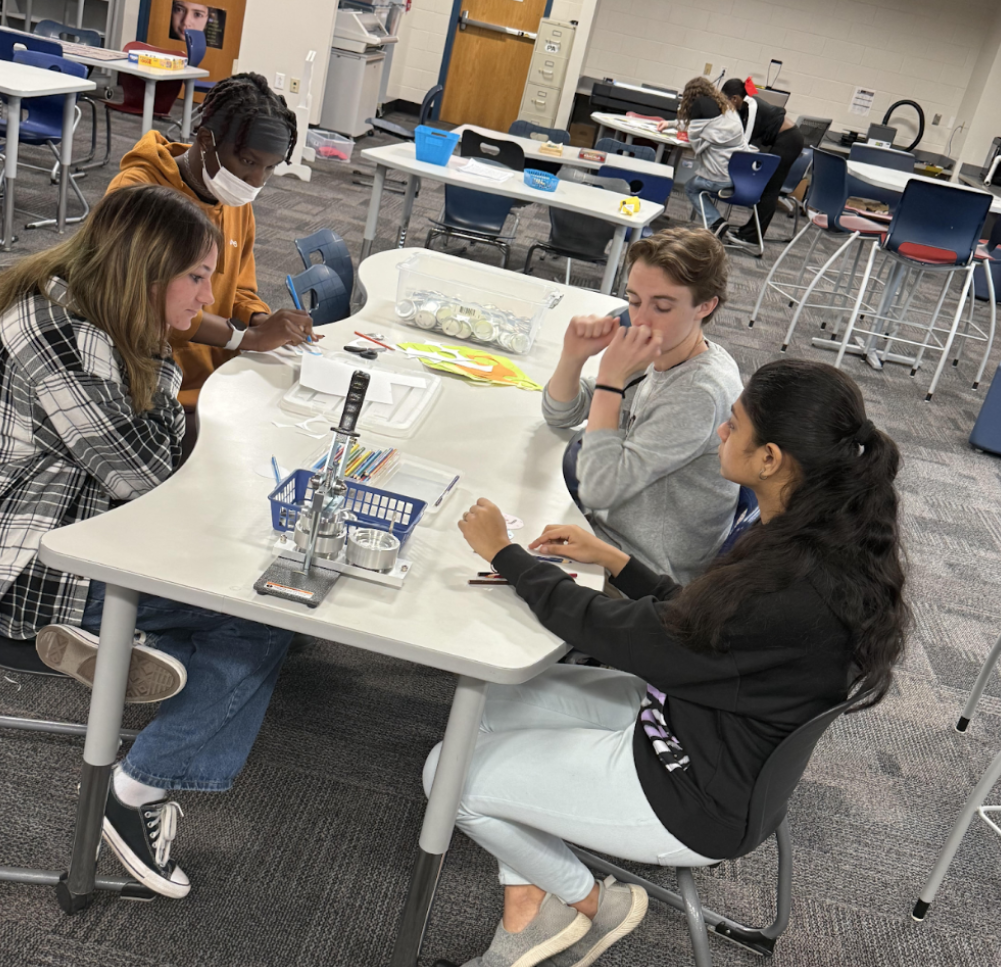On March 12, the Virginia Beach School Board voted to approve the proposed School Operating Budget for Fiscal Year (FY) 2024-25 as well as the Capital Improvement Plan (CIP) from FY 2024-25 through FY 2029-2030. This confirms that, as proposed, the bidding of Princess Anne High School’s new building will be postponed until 2043, with construction scheduled to finish in 2047. VBCPS construction priority will shift from PA to Bettie F. Williams Elementary School/Bayside 6th Grade Campus, which aims to begin construction in 2026.
Originally, the construction of new buildings for PA, Bayside High School, and Bettie F. Williams Elementary School/Bayside 6th Grade Campus would have been bundled together as a Public-Private Education Facilities and Infrastructure Act (PPEA). The guaranteed maximum price (GMP) of the PPEA was $659,013,521. Out of that, PA would have cost $239,633,349, and construction would have been completed in 2029, followed by BF Williams ES/Bayside 6th (2031) and Bayside HS (2039).
According to PA’s Principal Todd Tarkenton, the PPEA was not approved because “there’s a lack of sufficient funding at this time to move forward with the current plans as they are,” as previous grants to the district are “no longer available.” He explained that most of the VBCPS operating budget is up to the city council, based on local personal property tax, with “a small portion” from state and federal funding.
Debt was another significant roadblock to the approval of the PPEA, according to a recent school board meeting. From 2024 to 2031, VBCPS can go $315 million into debt without needing to increase the debt service budget–the money that is set aside to repay debt. The current debt service budget is $50 million per year. If the PPEA were approved, the maximum annual debt incurred as a result was estimated to be $96 million (occurring in 2032), which is $46 million above the current debt service budget. Thus, financing the PPEA would require increasing the debt service budget by $6.5 million per year for 7 consecutive years beginning in 2026, which in turn would require increasing VBCPS’ total operating budget by 0.67% per year.
Now that the PPEA is no longer happening, the majority of its funds will be diverted to maintenance, which has been underfunded for the past several years. According to VBCPS Chief Operations Officer Jack Freeman, the district has experienced a $900 million loss in buying power since 2009 because of inflation, rendering them unable to keep up with maintenance projects (including HVAC, roofs, and foundations)–only funding 18-60% of needs.
Tarkenton speculated that “for the last three, four, five years as we were preparing to transition out and have a new building built…a lot of things were put on hold or not done with the idea that we were going to have the building leveled,” but now that maintenance is being prioritized, PA–along with other schools–will likely see some improvements.
In past years, funding has been evenly allocated between maintenance and new construction, but in the proposed FY 24-25 Capital Improvement Plan, 84% of the budget will go to maintenance and 16% will go to new construction. Because less is allocated to new construction, PA’s construction will be delayed. According to the proposed FY 2024-25 CIP, PA will now cost $727.8 million, with the total cost of the three schools amounting to $2.345 billion.
Instead of the PPEA, construction of the three schools will now follow a more traditional framework of either design-bid-build or design-build. Design-bid-build would entail moving from the current 30% design to 100%, getting approval from the school board and city council, then taking bids for the building contractor and selecting the contractor that bid the lowest price. With design-build, instead of taking bids, the design company and construction company would be selected at the same time.
Although progress on PA’s new building is at a standstill, Tarkenton explained that the district will retain ownership of the 30% designs that have already been created under the PPEA: “So that’s one nice thing; at least we’ve got a template, but we just have to find the money.”
AP Human Geography teacher Susanna Davis said that the postponement was “expected possibly, but at the same time, I guess they really made us believe this time. They’ve been saying it for over 20 years.” In the 17 years that Davis has worked at PA, she has taught in the portables for 4 years. “I think that whenever you’re in a building that doesn’t have concrete walls, it’s probably a little bit more hazardous,” stated Davis. “There are some things in the portables that need immediate attention,” such as the collapsing siding and creaky floors.
Tarkenton advised students to “continue to focus on doing the very best they can in the current facilities that we have.” He emphasized that “just because [the building is] 70 years old doesn’t mean it needs to look 70 years old,” and that while funding is outside students’ control, they can control other aspects of their high school experience like their work ethic and school spirit. “Princess Anne High School is more than just the building. Princess Anne High School is the students and the faculty…and everything that happens within the building,” said Tarkenton.














